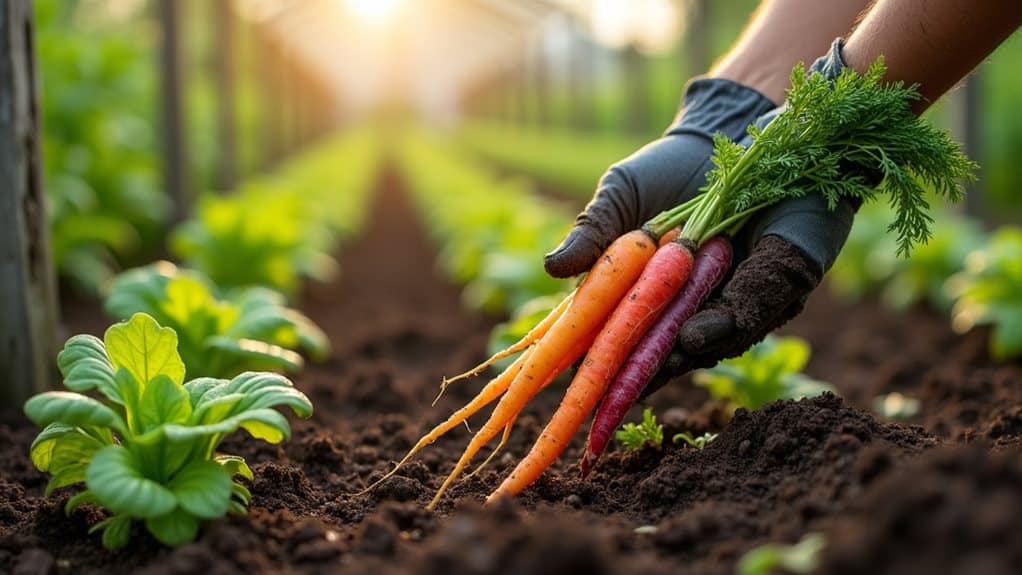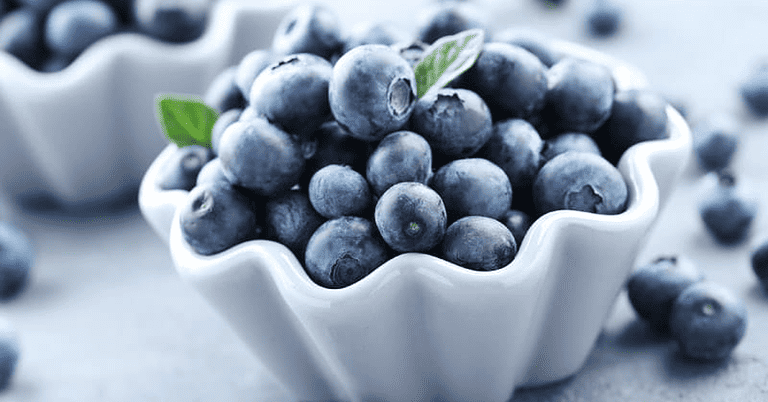Vegetable Gardening Facts Every Gardener Should Know
Your vegetable garden’s success hinges on mastering a few key fundamentals that’ll revolutionize your growing experience! Most veggies need 6-8 hours of direct sunlight daily, while your soil pH should hover between 6.5-6.8 (much higher than typical acidic native soil). Here’s the breakthrough: applying just three inches of mulch can enhance your harvests by fifty percent by conserving moisture and blocking weeds. Smart planting strategies like succession planting every two weeks maximize your harvest window, and there’s so much more to explore about creating your most productive garden yet.
Quick Guide
- Most vegetables require 6-8 hours of direct sunlight daily, with fruiting plants like tomatoes needing the most sun exposure.
- Optimal soil pH should be 6.5-6.8 for most vegetables, requiring regular testing and amendments in acidic regions.
- A three-inch layer of mulch conserves moisture, regulates temperature, and can boost harvests by up to fifty percent.
- Succession planting every two weeks and crop rotation prevent disease buildup while maximizing continuous harvest potential throughout the season.
- Vegetable gardening reduces grocery expenses and provides inflation protection as food prices continue rising significantly each year.
Sunlight Requirements Drive Garden Success

When you’re dreaming about that perfect vegetable garden that’ll make your neighbors green with envy, sunlight becomes your absolute best friend and secret weapon for growing success!
Most vegetables need at least 6 hours of direct sunlight daily, though fruiting plants like tomatoes demand 7-8 hours for those mouth-watering harvests you’re craving. Plants are sensitive to blue and red wavelengths while reflecting green light, which explains why your thriving vegetables appear green to your eyes. Additionally, incorporating cold frame structures can help protect your plants and extend the growing season, making the most of the sunlight they receive.
Soil Preparation Forms the Foundation of Healthy Plants
The secret ingredient that separates thriving vegetable gardens from disappointing duds isn’t some fancy fertilizer or expensive gadget—it’s the humble dirt beneath your feet.
Trust me, getting your soil preparation right will make all the difference between harvesting basketfuls of gorgeous vegetables or watching your plants struggle like they’re trying to grow in concrete! Most vegetable crops perform best with a soil pH between 6.5-6.8, which is significantly higher than New Hampshire’s typical native soil range of 4.5-4.8. Regular soil testing ensures that your soil remains within the optimal pH range, promoting healthy plant growth.
Strategic Vegetable Selection Maximizes Harvest Potential
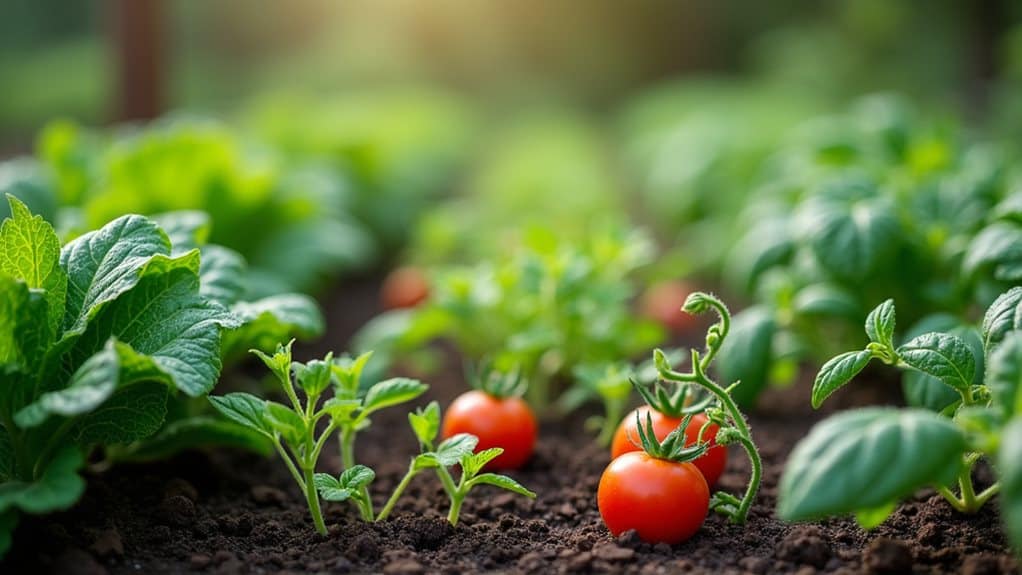
While perfectly prepared soil gives your vegetables the best possible start, choosing the right vegetables and planting them strategically can turn your garden from a modest patch into a productivity powerhouse that keeps your kitchen stocked with fresh produce for months on end! You’ll maximize harvests through relay planting every two weeks, succession planting different crops seasonally, and intercropping fast-maturing vegetables. Additionally, understanding your growing zone and climate can help you select crops that thrive in your specific environment.
Proper Watering Techniques Promote Strong Root Development
After you’ve planted your carefully selected vegetables in their perfect spots, you’ll need to hone your skills in the art of watering to help those tender seedlings develop the strong, deep root systems that’ll keep them thriving through summer heat waves and those inevitable dry spells that seem to hit right when your tomatoes are getting serious about producing!
Mulching Provides Multiple Garden Benefits
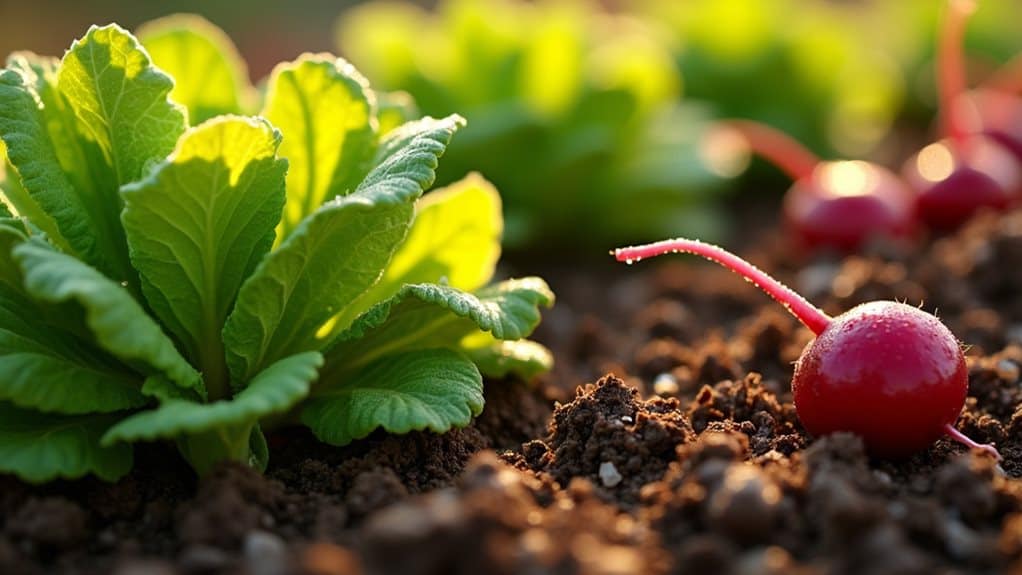
Once you’ve conquered the watering game, spreading a generous layer of mulch around your vegetable plants becomes your secret weapon for creating a thriving garden that practically takes care of itself!
This three-inch barrier blocks weeds, conserves moisture, regulates soil temperature, and gradually decomposes to feed beneficial microorganisms—boosting your harvest by up to fifty percent!
Integrated Pest Management Reduces Chemical Dependency
Building on your mulching success, you’ll uncover that Integrated Pest Management (IPM) alters your vegetable garden into a balanced ecosystem where beneficial insects become your personal army against destructive pests, cutting your reliance on chemical sprays by up to seventy-five percent!
You’re combining cultural practices, physical barriers, biological controls, and targeted monitoring to create sustainable, cost-effective solutions.
Crop Rotation Prevents Disease and Pest Buildup
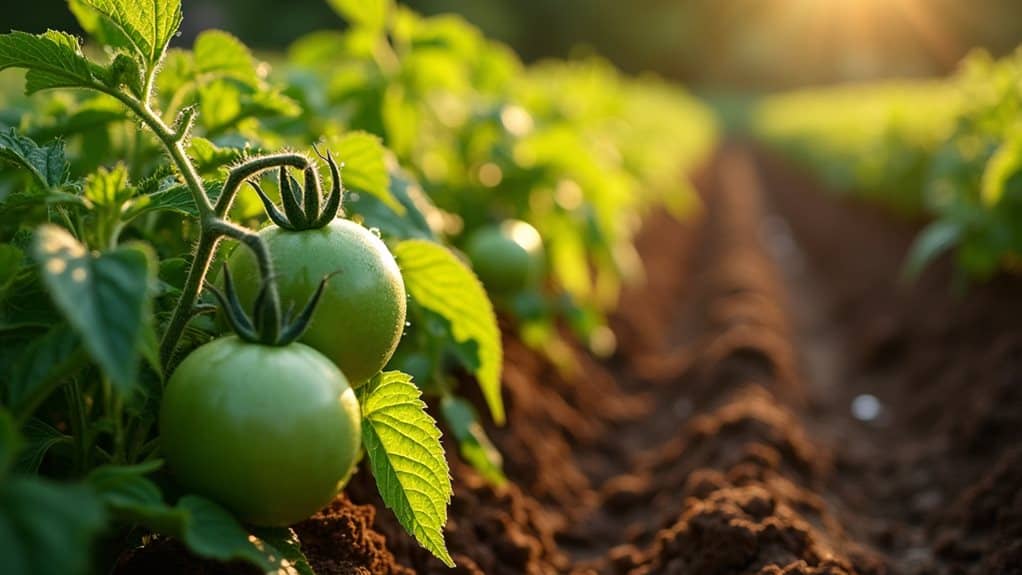
When you’re planning your vegetable garden like you’d map out campsites on an epic road trip, crop rotation becomes your secret weapon against those sneaky pests and diseases that love to crash your garden party year after year.
Just like how you wouldn’t want to set up camp in the same spot where last year’s campers left their food scraps attracting bears, you don’t want to plant the same vegetables in the same soil where diseases and pests have been building their armies, waiting to attack your precious tomatoes and peppers.
Disease Cycle Disruption
While you’re planning your garden layout for next season, you’re actually wielding one of nature’s most powerful weapons against plant diseases and pests – crop rotation!
Soil Health Benefits
Beyond the impressive disease-fighting power we just examined, crop rotation delivers a wealth of soil health benefits that’ll make your garden soil absolutely thrive year after year!
You’ll enhance organic matter, improve drainage, and create perfect soil structure while legumes naturally restore nitrogen levels, reducing your fertilizer needs and supporting beneficial microbes.
Beneficial Insects Serve as Natural Pest Controllers
As you’re tending to your vegetable garden and dreaming about those perfect tomatoes you’ll eventually harvest for your next camping trip, you’ll uncover that some of the most effective pest control happens naturally right under your nose—thanks to an incredible army of beneficial insects that work tirelessly to keep your plants healthy!
Garden Accessibility and Layout Impact Long-term Success

When you’re planning your vegetable garden—especially if you’re dreaming of harvesting fresh peppers and herbs for your next campfire cooking escapade—the way you design your garden’s accessibility and layout will make or break your long-term gardening success.
Trust me, I’ve learned this lesson the hard way after watching my first garden turn into an overgrown, inaccessible mess!
Market Trends Show Growing Interest in Home Gardening
You’re witnessing something pretty extraordinary right now – more than 38% of U.S. households are planning to expand their gardening activities this year, and honestly, that’s the kind of enthusiasm that gets me as excited as spotting the perfect campsite after a long day of hiking!
The numbers don’t lie either, with the global home gardening market expected to jump from $15.78 billion to a whopping $26.47 billion by 2034, which means you’re part of a massive movement that’s reshaping how people think about growing their own food.
What’s really cool is that this isn’t just a passing trend – it’s driven by everything from wellness benefits to the simple joy of harvesting your own tomatoes, much like how the best camping meals always taste better when you’ve gathered the ingredients yourself along the trail.
Rising Garden Expansion Plans
While you might think gardening is just a quiet hobby for retirees, the reality is that home gardening has exploded into a massive $15.78 billion global market in 2025, and it’s sprinting toward an incredible $26.47 billion by 2034 – that’s nearly double the size in less than a decade!
Generational Gardening Enthusiasm Surge
Since you’ve probably noticed more of your friends posting images of their tomato plants and herb gardens on social media lately, you’re witnessing something quite extraordinary – Gen Z is absolutely crushing it in the gardening world with a whopping 63.1% planning to plant even more in 2025, while Gen Y isn’t far behind at 51%!
Market Growth Projections
The numbers behind this gardening boom are absolutely mind-blowing, and they’re telling us that your newfound obsession with growing your own veggies isn’t just a passing trend – it’s part of a massive economic shift that’s reshaping entire industries!
We’re talking about a whopping $15.78 billion global market that’ll skyrocket to $26.47 billion by 2034!
Rising Food Costs Make Home Gardens More Valuable
As grocery bills continue climbing like determined hikers scaling a mountain trail, your backyard vegetable garden becomes an increasingly powerful weapon against rising food costs.
With food-at-home prices expected to jump 3.3% in 2025, you’ll feel like a financial genius when you’re harvesting fresh tomatoes and herbs instead of watching checkout totals soar skyward.
Wrapping Up
You’ve now got the essential gardening knowledge to change your backyard into a thriving vegetable paradise, and honestly, there’s nothing quite like the satisfaction of harvesting your own tomatoes or crunching on fresh lettuce you’ve grown yourself! Remember, successful gardening isn’t rocket science—it’s about understanding your plants’ needs, preparing properly, and staying consistent with care, so grab your gloves and start digging into this rewarding journey today!

